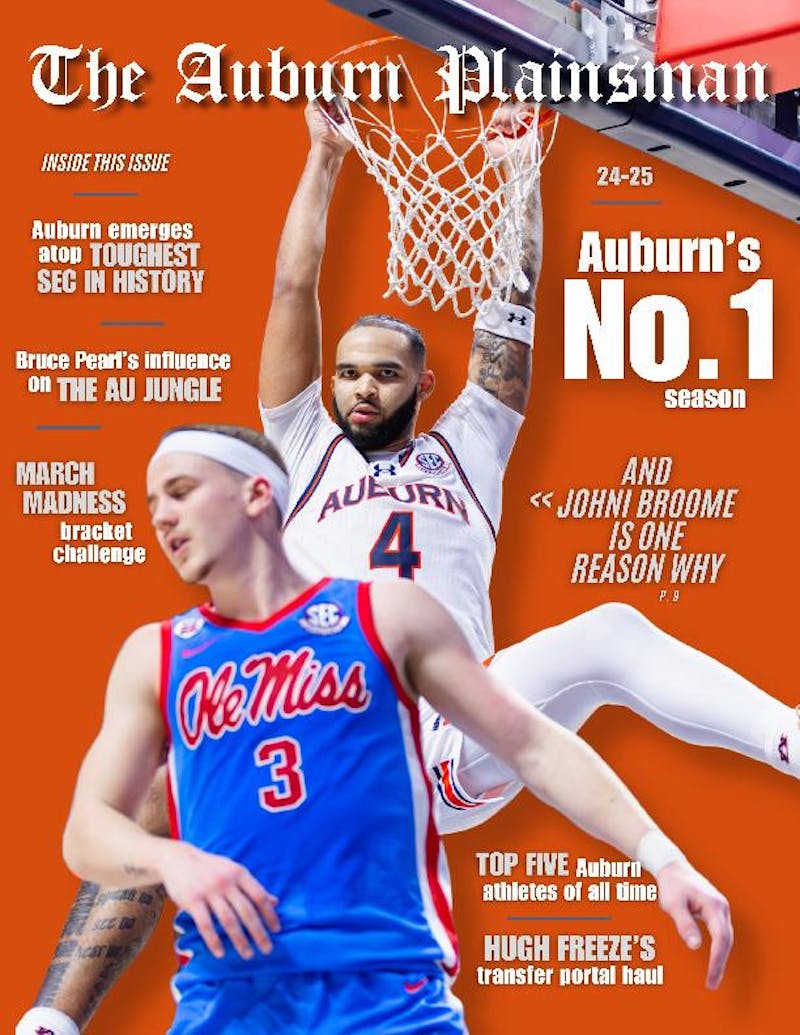From TV classics like "I Love Lucy," "The Brady Bunch" and "Cheers," to the more recent "Modern Family," "30 Rock" and "How I Met Your Mother," situational comedies have been an integral part of American television culture.
Although the classics possess similar characteristics to the modern, sitcoms have come a long way from the cookie-cutter family shows broadcast in black and white.
"A sitcom usually establishes the situation at the beginning of the episode," said Susan Brinson, mass communication television scholar, "and the humor derives from the characters' involvement and resolution of that situation."
Hunter Ries, junior in cinematic arts and projection engineer at the University of Southern California, said sitcoms started with a multi-camera setup where three cameras shot a stage in front of a live audience with a laugh track.
"'I Love Lucy' was one the first successful multi-camera setup sitcoms," Ries said. "After that, sitcoms began experimenting with visual effects requiring a one-camera setup."
Each decade the sitcom produced something new and characteristic of that period.
"The '80s brought about an era of stand-up comedians," Ries said. "Jerry Seinfeld, Bill Cosby, Ray Romano, Rosanne Barr all had their own sitcoms. The '90s were big on the animated sitcom like 'The Simpsons.'"
Ries said sitcoms today have fallen back to single-camera setups.
"One of the bigger differences between multi-camera and single-camera sitcoms is the absence of a laugh track," Ries said. "'It's Always Sunny In Philadelphia,' 'Arrested Development,' '30 Rock,' 'Community,' are all single-camera sitcoms."
Ries said "The Office," "Parks and Recreation" and "Modern Family" are all single-camera "mockumentaries."
"There's more of an unscripted feel and the characters usually address the audience directly," he said.
Along with shows' settings, Brinson said the language has changed in sitcoms and reflects the "reciprocal relationship" between the audience and the show.
"Many current sitcoms use language that would not have been allowed just 10 years ago, particularly language referring to sexual organs," Brinson said.
With this reciprocal relationship, sitcoms have worked into their stories certain lifestyle trends in order to remain relevant.
"'Will & Grace' features two gay characters," Brinson said. "'The New Girl' revolves around a female sharing an apartment with three males, including an African-American. Even the longest-running sitcom, 'The Simpsons,' manages to remain current."
A broken nose before a date was the dilemma for Marcia Brady on "The Brady Bunch." In contrast, teen pregnancy, gay relationships and suicide are issues today's TV teens are dealing with.
Jeremy Samuels, senior in radio, television and film, said the subject matter of sitcoms has clearly become more provocative.
"Sitcoms are beginning to tackle more controversial issues," Samuels said. "'Glee' addresses tough situations that weren't really talked about before on TV."
The suburban family with a husband, wife and two kids is part of TV's past, and the characters on sitcoms have developed into a more realistic depiction of society.
"'Modern Family' is just one sitcom defying the typical all-American family," Samuels said. "There are also significantly more sitcoms based on African-Americans on TV today."
Do you like this story? The Plainsman doesn't accept money from tuition or student fees, and we don't charge a subscription fee. But you can donate to support The Plainsman.



